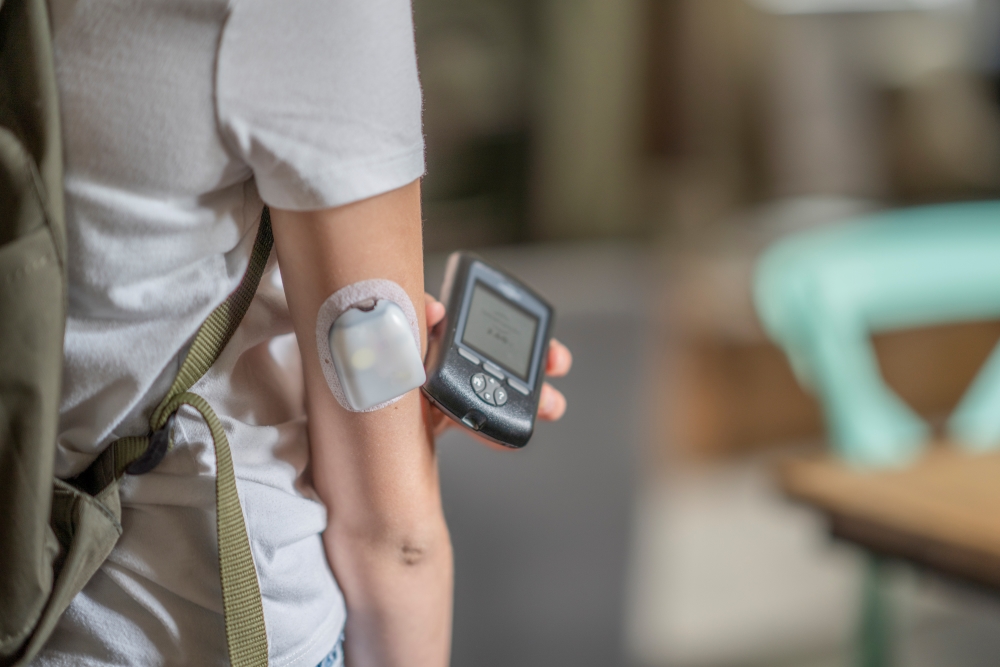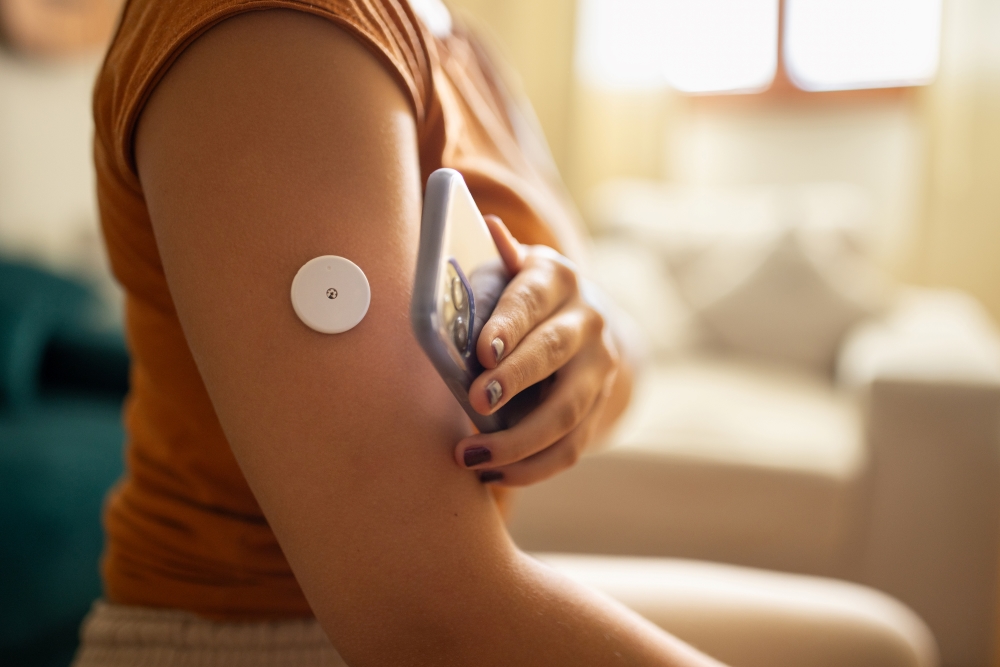27 Aug 2024
Enhancing diabetes care with next-generation insulin and patch pumps
By Dominic Webber, Senior Director Business Development
Many medications used to treat chronic conditions cannot be taken orally, but instead need to be introduced into the skin or directly into the bloodstream. One of these conditions is diabetes, where the body is unable to manage blood sugar levels effectively. It is estimated that over 400 million people worldwide have diabetes. This figure is expected to reach more than 600 million over the next twenty years.
Diabetics are prescribed insulin which is usually taken through self-administered injections. Originally syringes were used but insulin pens followed where the appropriate quantity of insulin can be quickly and accurately set on the device prior to the injection. However, self-administered injections can be cumbersome and inconvenient, often requiring multiple doses throughout the day, sometimes with different types of insulin.
Insulin Pumps
Insulin pumps can help with these inconveniences and avoid missed doses. Pumps release insulin to the body at a controlled rate throughout the day and so manage the condition better than self-administered injections. Improved management of diabetes leads to a better quality of life and fewer hospital admissions for remedial treatment. The reduction in remedial treatment gives considerable cost savings to healthcare providers which explains the trend towards migrating diabetics from pens to pumps.
Wearable blood glucose monitors can also be paired with an insulin pump to create a closed loop system of sugar level sensing and supply of insulin to the body. These systems are sometimes referred to as an artificial pancreas. They give the best treatment and are also quickly gaining in popularity.
 Figure 1: An example of an insulin pump providing an ongoing supply of insulin to the body.
Figure 1: An example of an insulin pump providing an ongoing supply of insulin to the body.
Insulin pumps need to go everywhere with the patient and are about half the size and weight of a smartphone. This means they are worn on a belt or kept in a pocket. The insulin is injected into the patient via a catheter and tubing called an infusion set that is replaced after 3 days. The pump is used for several years, and the insulin replaced by the user from prescribed vials. Some diabetics are reluctant to move to pump therapy because of the inconvenience of carrying another product and the conspicuous nature of a worn device including tubing connected to the skin.
Patch Pumps
The drive for a more comfortable, discrete insulin pump resulted in the launch of patch pumps which are attached directly to the skin with an adhesive patch.
The patch pump deploys a cannula into the skin to transfer the insulin so there is no visible tubing. Prior to attaching to the body, the pump is filled with insulin by the patient. The pump lasts for 3 days. It is then disposed of and replaced rather than refilled and reused like a conventional pump. The demand for insulin patch pumps has created a large and growing market of around 30 million units a year, predicted to grow with a CAGR of more than 10%.
 Figure 2: Example of a patch pump. The pump settings can be wirelessly managed.
Figure 2: Example of a patch pump. The pump settings can be wirelessly managed.
Despite the significant reductions in size and mass and removal of visible tubing, patch pumps are still considered too conspicuous for some. This remains a major barrier to greater adoption of insulin pumps.
Continuous Glucose Monitors
On the contrary, Continuous Glucose Monitors (CGMs) are sufficiently small, lightweight and discreet to be worn by people who don’t even have diabetes. Some use a CGM to monitor blood sugar levels in the same way that we monitor weight, heart rate or steps to gauge our general health and any trends. It is widely acknowledged by the industry that significant patch pump miniaturisation will address concerns from patients unwilling to transition to pumps.

Figure 3: Discreet glucose monitors are considered worthwhile by some non-diabetes users.
Concentrated Insulin
Another important trend in this market is concentrated insulin. This contains more units of insulin for a given volume meaning that a smaller quantity of insulin is needed to be injected. The standard concentration of insulin is U-100 which contains 100 units of insulin per millilitre. U-200, U-500, U-1000, contain 200, 500 and 1000 units/millilitre respectively. In the case of U-500 this reduces the administered volume by five times. Some concentrated insulins are available now whereas others are going through qualification.
Concentrated insulin allows devices to be miniaturised as they need to contain less insulin volume to give the same duration of treatment. Alternatively, the same volume of insulin could be stored in the device so it could be used for longer. In practice, for patch pumps, it is likely to be a combination of both. There is a strong demand in the industry to miniaturise but also to increase patch pump wear times from 3 to 7 days, making patch pump replacement a more convenient weekly routine.
No patch pumps are certified to be used with concentrated insulin. Increasing the insulin concentration means the pumps need tighter specifications than they were designed to achieve. In the case of U-500, this requires a fivefold increase in precision and a minimum dose of tens of nanolitres – a thousandth the volume of a drop of water.
Shape Memory Alloy patch pumps from Cambridge Mechatronics
Cambridge Mechatronics has world-leading expertise in the design, proprietary control algorithm and semiconductor solutions for compact actuators, making use of our patented Shape Memory Alloy (SMA) smart material platform technology. This proven platform has already shipped in more than 80 million smartphone cameras to precisely move and control optics. It delivers industry-leading performance in a tiny form factor. SMA is a Nickel-Titanium alloy that has unique properties such that when the material is deformed it returns to its original shape when heated – a shape memory effect. When used in conjunction with proprietary electronic circuits and software, it functions as a miniature motor, which can be controlled with high levels of precision.
Cambridge Mechatronics is applying its technology and designs with a view to deliver significant patch pump miniaturisation, to be compatible with dosing concentrated insulins and increase wear times to 7 days. Designs and test results from SMA actuators pumping insulin are very positive such that commercial partnerships are now possible.
The miniaturisation advantages of SMA-based patch pumps make them smaller and lighter than traditional pumps, enhancing patient comfort and discretion. The high precision and control provided by Cambridge Mechatronics’ technology allows for a high dynamic range of drug delivery, which is crucial for the safe administration of medications.
Whereas the initial focus is to commercialise the technology and bring disruptive miniaturised insulin patch pump products to the market, the potential healthcare applications extend to other chronic conditions that require precise dosing. Achieving an improved and patient-acceptable patch pump form-factor has the potential to further expand the market volume and continue to improve patient healthcare outcomes.
About CML: Cambridge Mechatronics Limited is a world-leading developer of mechanical, optical, electrical, silicon, and software designs for system-level solutions using its Shape Memory Alloy (SMA) platform technology. ACTUATOR SOLUTIONS based on SMA wire (thinner than human hair) can be controlled to submicron accuracy. These actuators are particularly suited to applications requiring high precision and force levels, in a fast, compact, and lightweight design.
For more details about SMA technology and Cambridge Mechatronics, please GET IN TOUCH.
